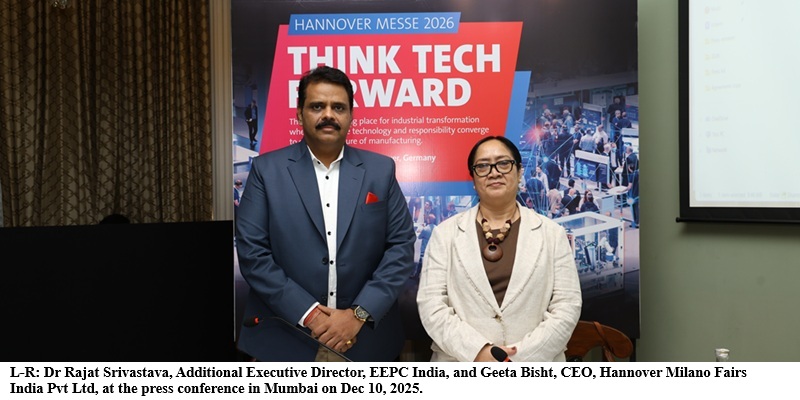Schedule a Call Back
Increased imports of welding equipment has negative impact
 Technical Articles
Technical Articles- Feb 01,20
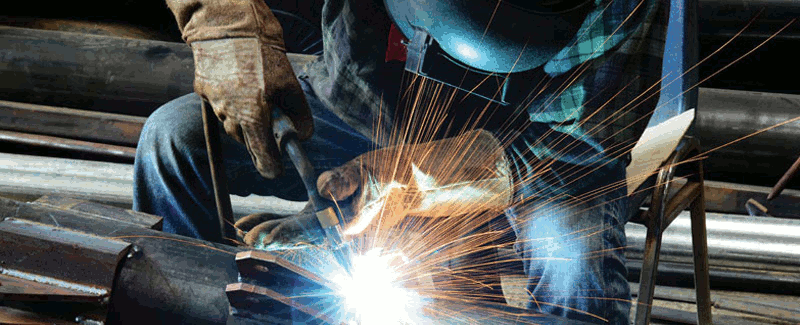
Related Stories

Ador Welding unveils Rhino E Electric Welder at Schweissen & Schneiden 2023
The rapid development of Rhino E in a record time of just four months highlights Ador's formidable capabilities. This product serves as a testament to the prowess of Ador's Technical Development Cen..
Read more
Miller Deltaweld Systems now comes with Insight Centerpoint solutions
Miller Electric Mfg LLC, a leading worldwide manufacturer of Miller brand arc welding equipment, has announced that Deltaweld Systems are now available with the Insight Centerpoint weld information ..
Read more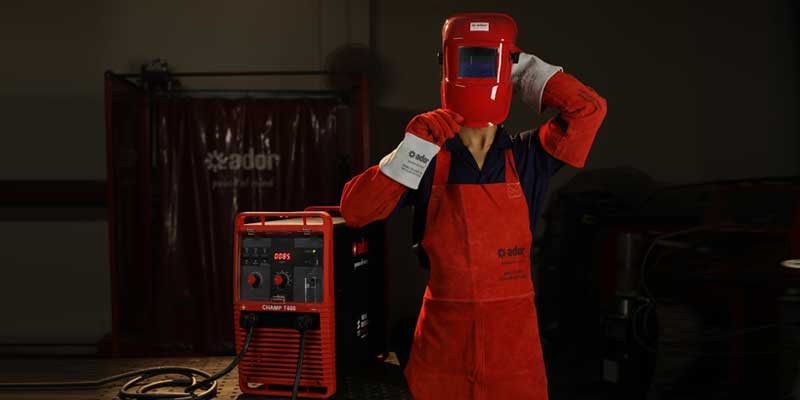
Ador Welding becomes first Indian maker to meet NPCIL technical needs
Ador Welding Limited, India's leading manufacturer of welding equipment, consumables, and automation systems, celebrates a momentous achievement of over four decades collaboration with the Nuclear P..
Read moreRelated Products

Hardy - Chassis Mounted Weighing Card for Rockwell PLCs
Kore Mechatronics Private Limited offers a wide range of
hardy - chassis mounted weighing card for Rockwell PLCs.
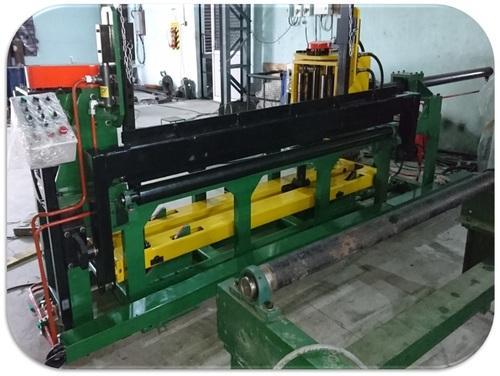
Tack Welding Machine
Invent Weld
Automation offers a wide series of tack welding machines.
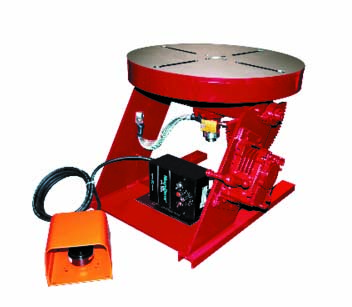
Bench Welding Positioner
Toss Weldtronics
offers a wide range of bench welding positioners.





